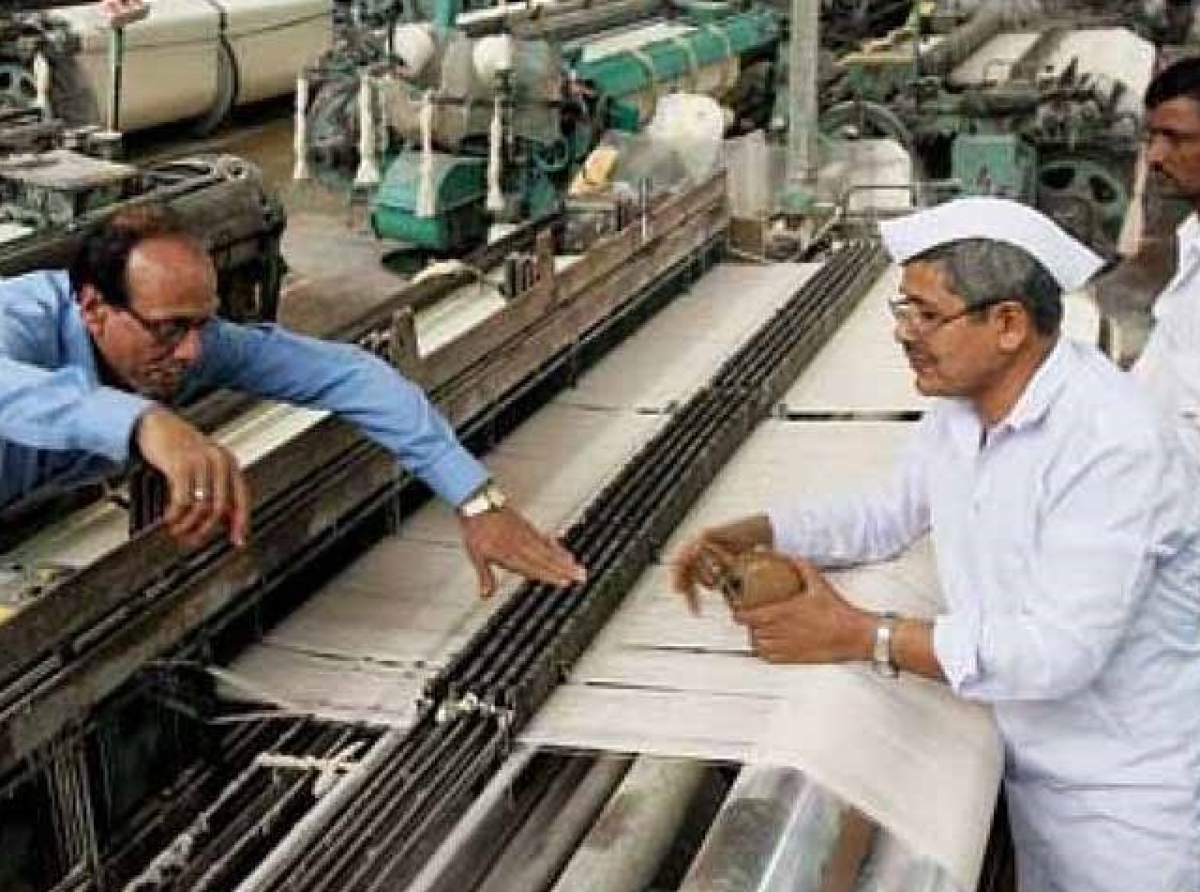18 October 2022, Mumbai:
The textile industry is well-known in Surat, a city in western India. 40% of the nation's entire production of man-made fabrics is produced in the town. Every day, up to 30 million meters of raw material are made by near to 700,000 weaving machines. These weaving machines, which number close to 650 000, are powered or shuttled looms. Because they are less expensive, take up less space, and offer a range of weaving possibilities, power looms are utilized extensively.
Based on its use, a wide range of raw fabric is created and supplied to the processing units for additional processing. The trade of various textile products is centered on a textile market area on the ring road. From numerous power loom units to the market and other processing facilities in the city, there are a lot of journeys for moving commodities.
The textile capital of Gujarat
The internal or intra-city flow of textile commodities is quite complicated since there are 25000 weaving units dispersed around the urban region, 320 processing facilities, and 140 wholesale trading market complexes. In order to predict the total flow of freight vehicles at the network level, a model is built to anticipate the number of freight trips from different power loom unit clusters. This study examines the features of the power loom industry's freight trip generation. The textile capital of Gujarat is Surat, a developing metropolis in the state. The moniker also fits the city just well.
Surat Textile Hub
One of Surat's oldest and most prevalent industries is the textile. Surat is a uniquely placed cluster when it comes to the making of synthetic or man-made fibre (MMF) textiles. The textile sector heavily influences the city's population. The manufacturing of yarn, weaving, processing, and embroidery are the core operations of the Surat textile industry. The market for synthetic items in Surat is widely recognized. Its primary business is the manufacturing and trade of synthetic textiles.
Surat produces 25 million meters of processed fabric and about 30 million meters of raw material daily. Numerous textile markets in the city have been there forever. Zampa Bazaar, Bombay Market, JJ Textile Market, and Jash Market.
Textile units in Surat are struggling to revive from the current crisis of sluggish demand despite the onset of the festive season. Weaving and processing units in Surat are struggling with raw material shortages and rising prices. Prices of coal and lignite in the city have increased by over 100 percent.
Global initiative
Recently for the first time, the Southern Gujarat Chamber of Commerce and Industry (SGCCI) has organised a four-day-long ‘Global Textile Trade Fair’ in Atlanta, New Jersey, and Los Angeles in the United States of America (USA) starting on June 9.
History and its future
Historically Surat's trade had its trials and tribulations and has suffered its share of quite a few setbacks in the form of devaluation, and GST as well in the past. Besides perennial issues hunting the textile hub are the ever-rising cost pressures arising out of power and labour, threatening the very competitiveness of this textile hub.
The Surat neighborhoods with the highest manufacturing concentrations are Katat Gam, Magdalla, and Udhana. Over time, individuals from several locations, like Rajasthan and Kolkata, settled in Surat to conduct their textile businesses. Surat gave rise to the well-known Garden and Vimal textile brands. A few other companies, including Surat's Parag and Prafful, did experience brief fame but failed to impact the market significantly. India and other Asian nations make up the bulk of Surat's textile market.
Textile Market (STM) here is also predominately a cluster & a cohort of active wholesalers of apparel/garments such as saree, and lehenga wholesalers known globally catering to the Indian diaspora.
Surat provides over 90% of the polyester used in India and away from it Surat's products find buyers in other Asian countries albeit the export performance is lukewarm and there isn't much international demand for its products. The Middle East is Surat's leading export destination for textiles.
Experts claim that more significant quality innovation is needed to satisfy the expectations of the global market.

























